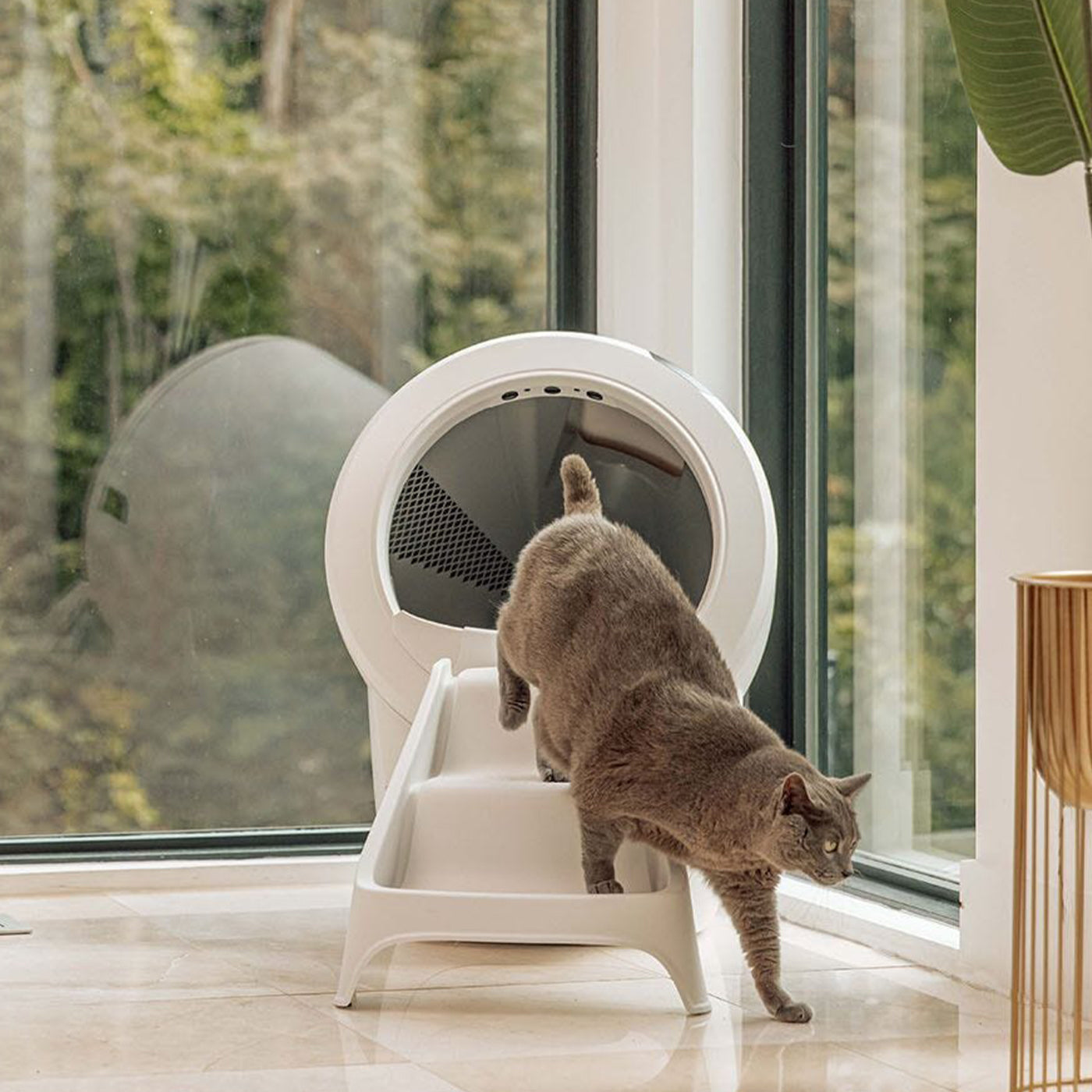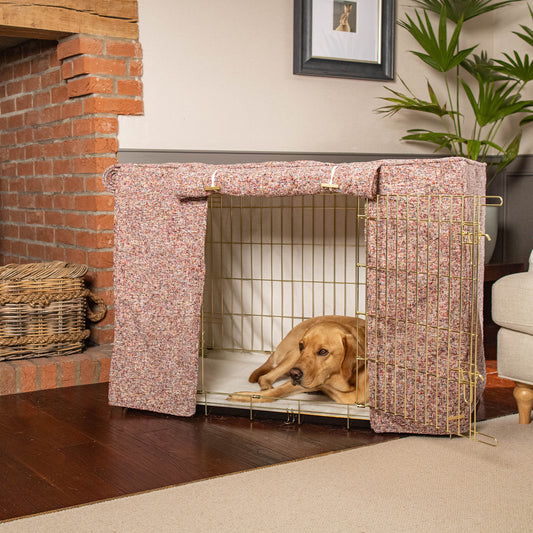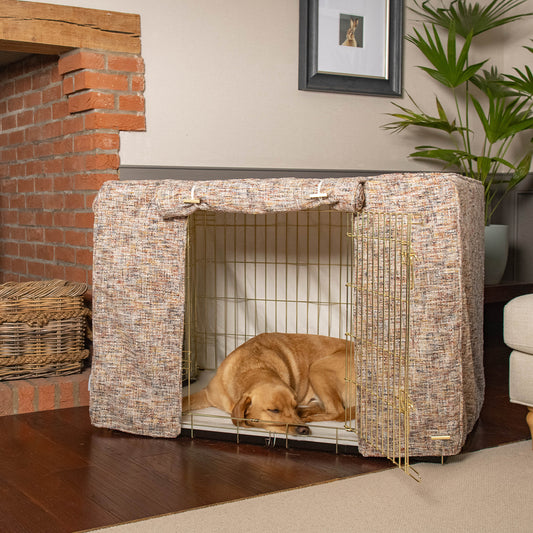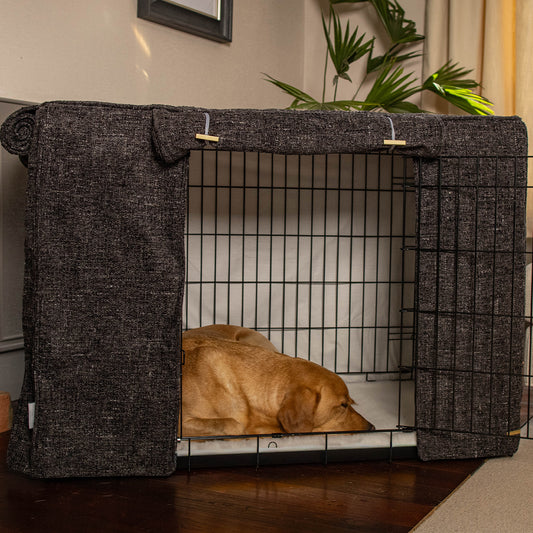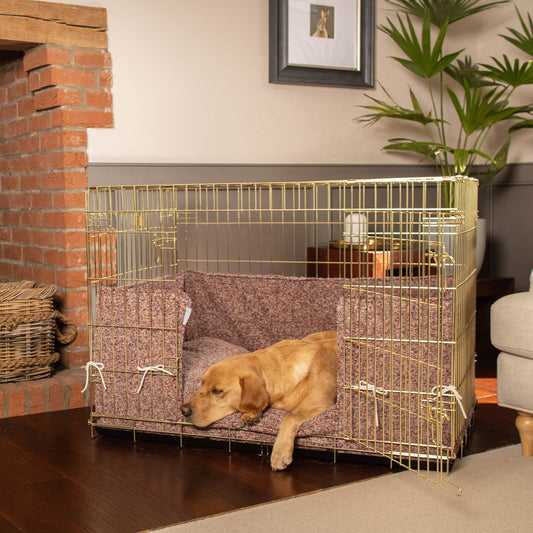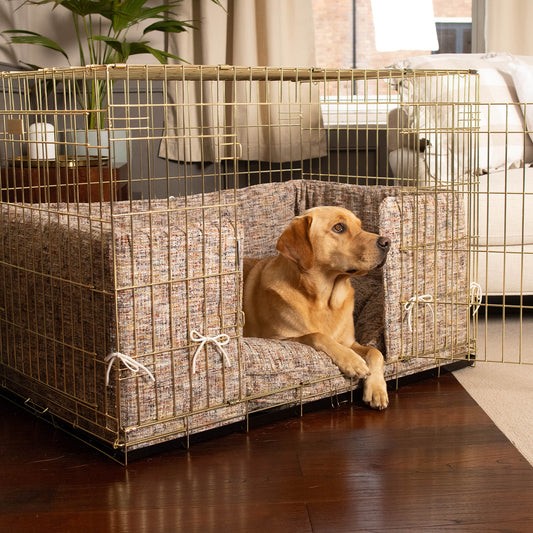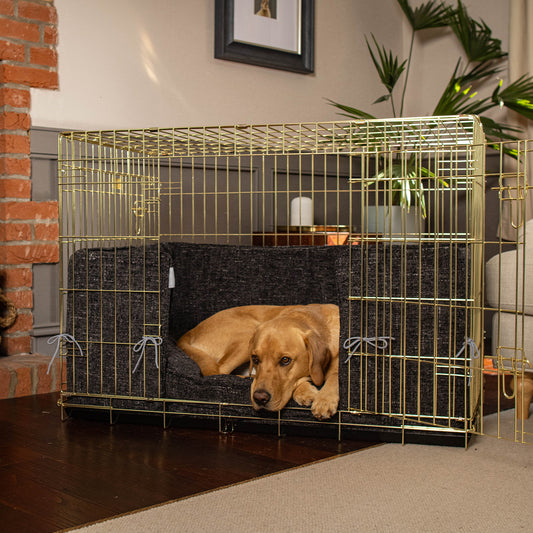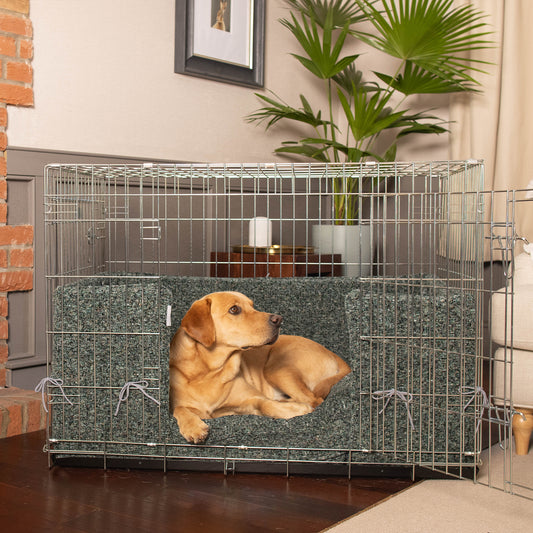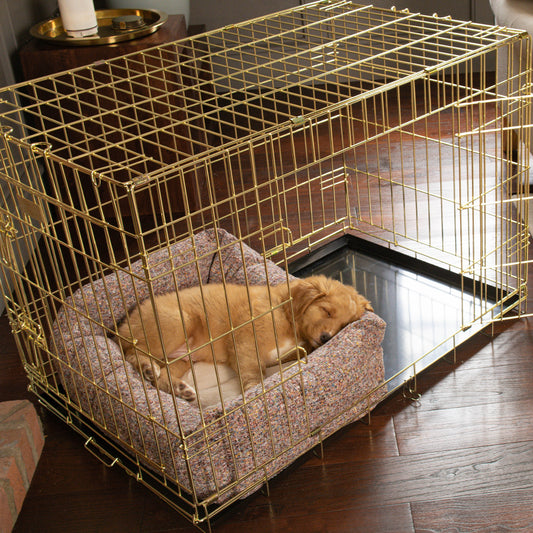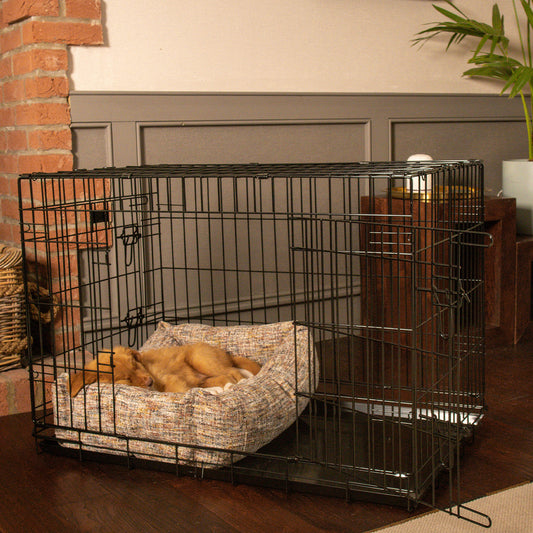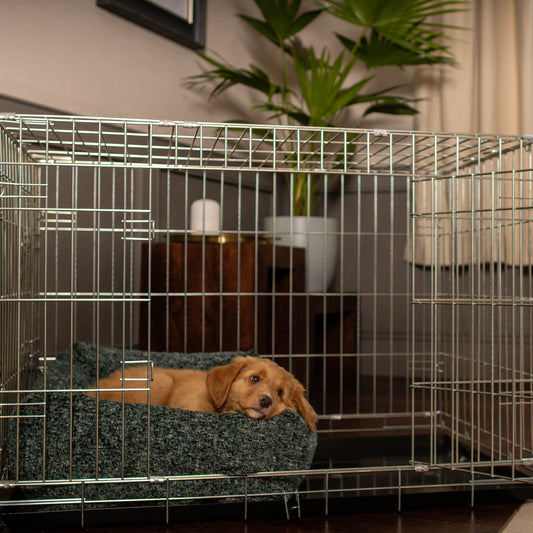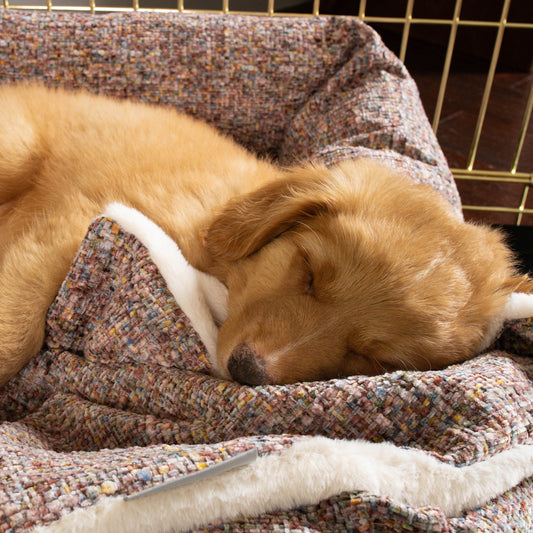Can I Travel Internationally With My Dog?
Your dog is often your favourite adventure partner, so why wouldn’t you want to include them in those adventures abroad too? You can take your dog abroad and on a flight, however there’s a lot to know about how to travel with your dog. The majority of dogs who are able to travel abroad are just fine and arrive into the new country safely. Make sure you research your destination and airline before you fly - some of the biggest safety concerns are extreme temperatures (especially hot weather) when you arrive at your destination.
Some airlines don’t let certain breeds travel due to breathing difficulties, such as bulldogs due to their noses and respiration efficiency, so it’s good to check with the airline you’re flying to and from with to ensure your dog can be properly cared for on their flight.
Requirements To Travel With A Dog
Once you’ve chosen your destination in mind, it’s best to talk to your vet before you book both of your flights or ship tickets. Your vet will be able to tell you the next steps and what’s needed for your pooch. It’s important to know the most up-to-date information regarding the guidelines of travelling to your chosen country. Failure to comply with the correct requirements could result in your dog being denied entrance. It may sound overwhelming at first, but plenty of pet owners take their dogs abroad with them and haven’t had a problem, you just need to do your research first.
Although there may be differences depending on the country, the most common requirements are:
- An International Health Certificate - usually to be completed 10 days prior to the arrival date.
- Government Export Paperwork - from the country you’re travelling from.
- A Microchip - your pet should already have their microchip, but it’s imperative you keep all details up-to-date and correct.
- Vaccinations - all will need to be up-to-date and often your pooch will need their rabies vaccination too.
- Parasite Prevention - some countries have a really strict requirement for parasite treatments, documented by a veterinarian within a specific timeframe.
- Blood Titer Tests - for rabies-free countries, they often require a rabies titer blood test within a certain timeframe prior to travelling.
It’s never too early to start researching these terms, and for some countries, the process can take several months!
How To Get A Dog Passport?
A pet passport is a legal document that has important information about your pet. The pet passport will typically contain your pets date of birth, microchip number, information about you (the owner) and a description of your pooch. All the tests required will also be listed in their pet passport too, such as their proof of rabies vaccination. Due to Brexit, if you’re travelling to a non- EU country, you’ll need to get an export health certificate (EHC), and you may also need to complete an export application form (EXA). The export health certificate and the export application form for each country should tell you how to apply. These generally check if your pet meets the required health requirements of the country you’re travelling to.
How Long Do Dogs Stay In Quarantine?
Fortunately, most countries do not require your dog quarantine. Some however still do and your dog may have to quarantine for 10 days, or some quarantines may even be up-to 4 weeks long. It’s best to check the regulations with the country you’re visiting to be sure on how long your dog will need to quarantine.
Equipment For Flying With A Dog
Where your dog is allowed to spend the flight will depend on their size. Though rules will vary from airline to airline, your dog can typically only fly with you (as carry on), if they’re small enough to fit in a carrier under the seat in front of you. Wherever your pet is spending their flight, they’ll need an appropriate pet carrier or crate.
Make sure the crate/carrier is durable, has plenty of ventilation and a leak proof bottom, whilst also being the correct dimensions set by your airline.
What Size Crate Does My Dog Need For Flying?
The first step in deciding what dog crate you need is to measure your pet. There are a number of measurements that you’ll need:
- Body Length - excluding the tail
- The distance from your dog’s elbow to the ground
- Your dog’s body at its widest point
- Overall Height - from the ground to either the top of your dogs head, or ears (whichever are higher).
The exact measurements of the crate required depend on how far your dog should be travelling. International flights will be different to domestic flights.
For domestic flights you can calculate the crate you’ll need by,
- Dog crate length: overall length + half the length of your dog’s legs
- Dog crate width: your dogs widest part + one inch multiplied by two.
- Dog Crate height: overall height.
For international flights you can calculate the crate you’ll need by,
- Dog crate length: overall length + the length of your dog’s legs
- Dog crate width: your dogs widest part + one inch multiplied by two.
- Dog Crate height: overall height + 3 inches.
You may find a crate with the exact dimensions you need but it may be unlikely, so try to use your measurements as a minimum size you can go to.
























































